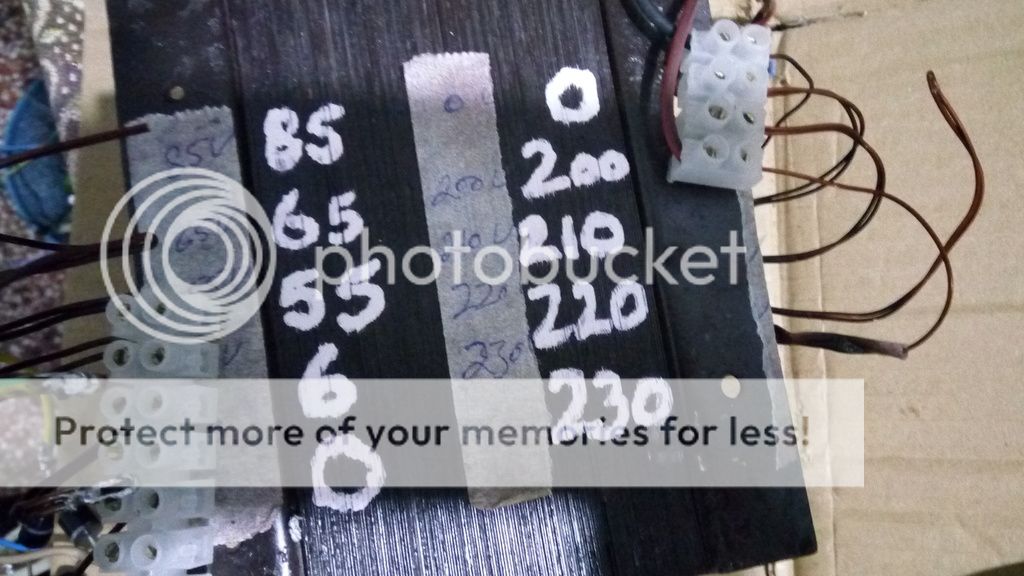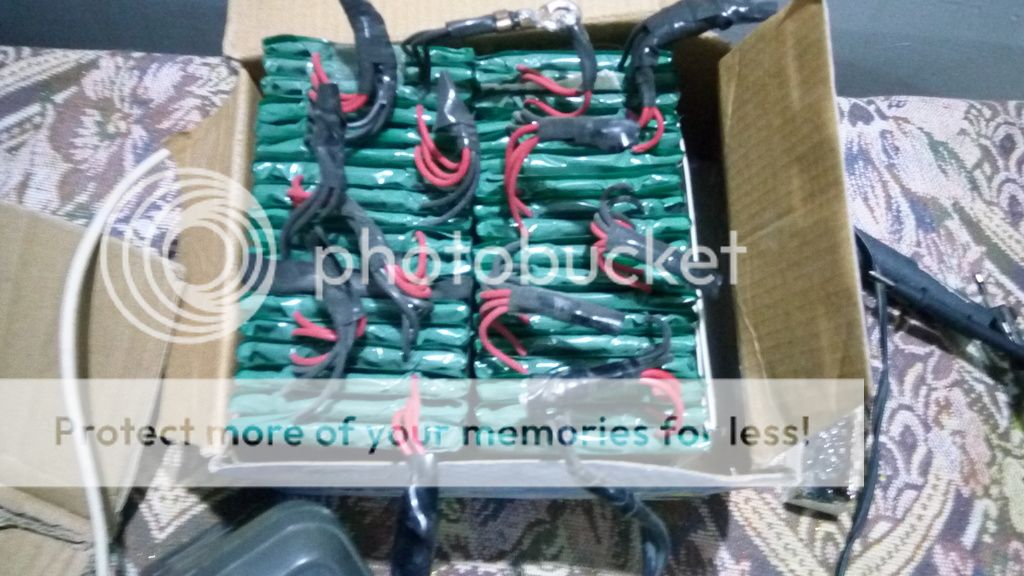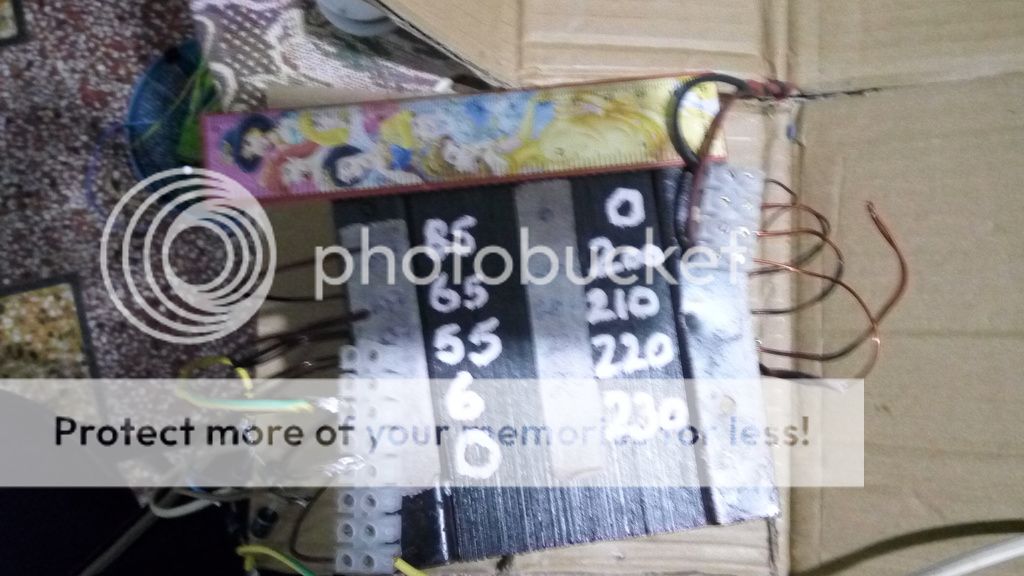SalmanR1
New Member





Noob here!
hi, I wanted to charge my E-bike batteries from a 50V 5 amp transformer.
12S6p (48v, 12ah) = 12 batteries in Series, 6 in every pack.
Transformer specs
50 to 60 Hz
Input: 200 to 230v
Output : 6v , 55v , 65v , 85V
resistance : I don't know!
Nothing else I know about it ,
I do have a 6s charger but dismantling battery every time kills me.
I got this made on order, to charge my 50v battery on my Ebike, but whenever I connect it to the battery the amp Draw is 12A and the diodes are instantly hot as well as the Transformer.
I have not installed any capacitor in it, which I will tomorrow, Just want to know what wrong I am doing here. can I limit the current draw here?


Last edited by a moderator:

